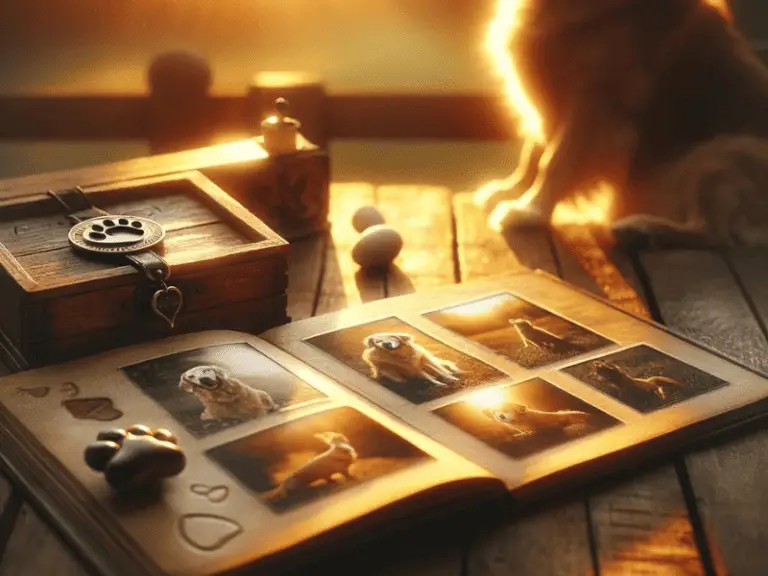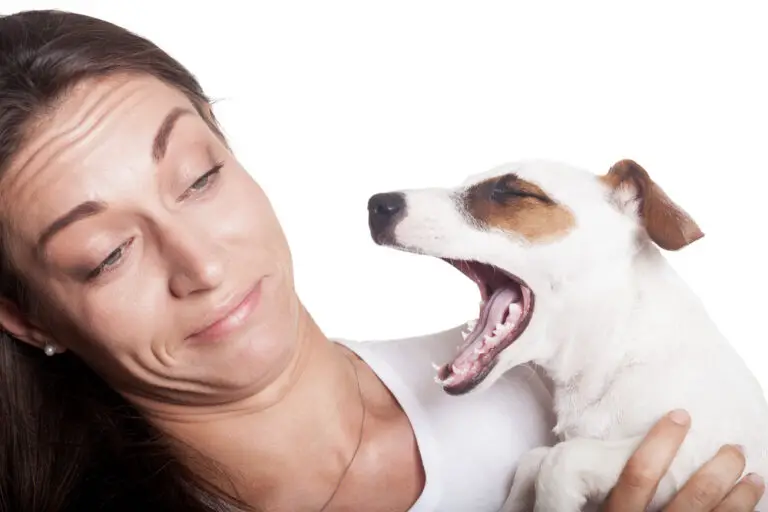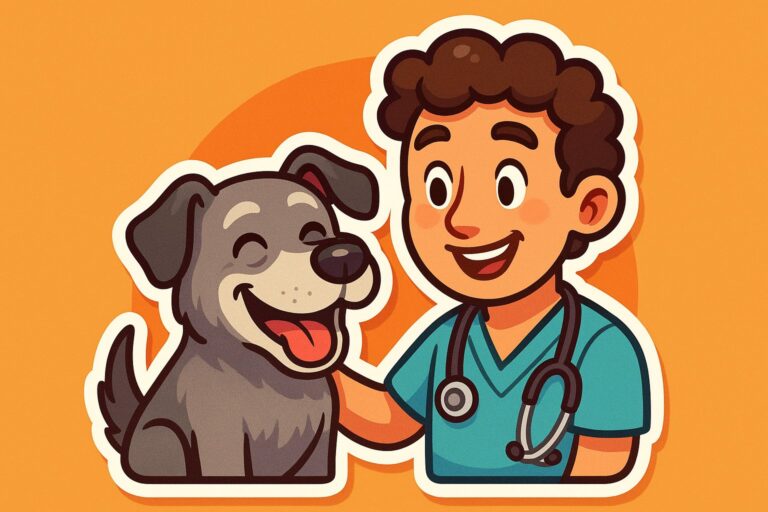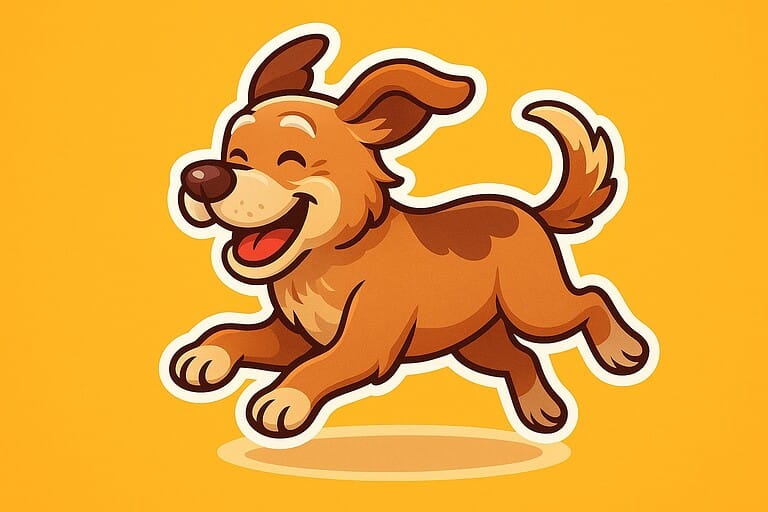12 Signs Your Senior Dog Isn’t Drinking Enough Water
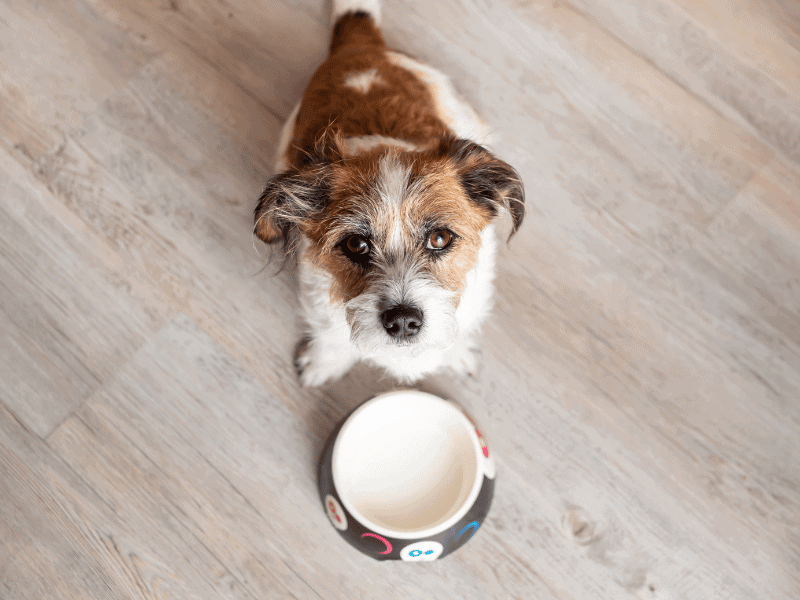
Water is extremely important for your senior dog’s health. As dogs get older, they may feel less thirsty or their sense of thirst can diminish, which leads to lower water intake.
Drinking too little water can cause various health problems in older dogs, from kidney issues to digestive disturbances.
It is important to recognize the signs that your four-legged friend is not getting enough fluids. Some symptoms are more obvious, such as a dry snout or increased panting, while others can be subtler. So pay close attention to changes in behavior and physical signs.
By recognizing the issue early and adjusting how much your dog drinks each day, you can effectively support your senior companion’s health and well-being. In this article, we will take a closer look at twelve warning signs that suggest your loyal companion may not be getting enough water.
#1: Dry nose and mouth
If you notice that your senior dog’s nose is unusually dry and their mouth has less saliva, this could indicate that your dog is not drinking enough water. It is normal for a dog’s nose to be drier at times, especially after sleeping or in warm indoor air. But persistent dryness combined with a dry, rough mouth should get your attention.
Regularly check the moisture of your dog’s snout. You should also watch for any difficulty chewing or swallowing. This can also be a sign of insufficient fluid intake.
If your dog’s mouth feels dry and shows cracks or looks paler than usual, watch their drinking behavior more closely and consult your veterinarian if needed.
Make sure your dog always has access to fresh water. Sometimes the water bowl is not placed in an appealing spot or does not look clean, which can make your dog drink less. Adequate water intake is essential for your senior dog’s health.
#2: Lethargy and fatigue
If you notice that your senior dog is unusually sluggish or resting more, this could be a sign of dehydration. A healthy dog is usually lively and alert. If your dog is not getting enough water, their energy level can drop and they may seem exhausted.
Observe whether they move less than usual or show no interest in play and walks. It is important to pay attention to such changes in behavior and keep an eye on their water intake.
Do not forget to always provide fresh water and consult your veterinarian if the lethargy persists.
#3: Dark, concentrated urine
If you notice that your senior dog’s urine looks darker and more concentrated, you should pay attention. This can be a sign that your dog is not drinking enough water. Dogs that are well hydrated usually have pale yellow to almost colorless urine.
The darker the urine, the higher the concentration of waste products.
Watch how often and how much your dog drinks. Compared to younger dogs, seniors often need more water. It is not just age that matters but also health and activity level. If the water bowl stays full for a long time, it may mean your dog is not drinking enough.
Always make sure that fresh water is easy to access. Sometimes it helps to place several water bowls around the home. The spot should be quiet and easy to reach so your senior feels comfortable and is encouraged to drink regularly.
#4: Constipation
If your senior dog does not drink enough water, it can lead to constipation. Constipation is a condition where your dog has difficulty passing stool. You may notice that they strain when defecating or pass only very small, hard stools. It is important to make sure your dog can pass stool regularly and without problems.
Make sure fresh water is always available. When your dog drinks more, it can support their digestive tract and reduce the likelihood of constipation. Sometimes even a small increase in daily water intake makes a big difference.
#5: Sunken eyes
If you notice that your senior dog’s eyes look sunken, this could be a sign that they are not drinking enough water. This change can be subtle, so it is important to pay attention. The eyes should normally look full and bright. Sunken eyes are often an indication that your dog’s fluid balance is off.
Pay attention to your dog’s usual drinking habits. Changes can develop slowly, so it helps to remember how often and how much they typically drink. If you notice a decrease, you should respond.
Stay alert and check the water bowl regularly. Is it empty more often, or is the water left untouched? If you notice changes in your dog, it is advisable to seek veterinary advice. Early detection and action can help prevent health problems and are an important part of caring for your senior dog.
#6: Loss of skin elasticity
If your senior dog drinks too little water, it can affect their skin elasticity. You can check this by gently lifting a fold of skin on your dog’s neck or back between your fingers and letting go.
With good hydration, the skin quickly returns to its original position. If the skin slides back slowly or even stays tented, that is a sign of dehydration.
This method is simple and gives you a quick overview of your loyal companion’s hydration status. If your dog’s skin elasticity is reduced, offer more fresh water and watch to make sure they are drinking enough.
#7: Loss of appetite
Dehydration often causes dogs to show less interest in food. Without enough fluids, your dog’s metabolism does not function optimally, which can directly affect their eating behavior.
Watch for changes in your dog’s eating habits. If you notice that they suddenly eat less or ignore their favorite food, this could be a warning sign.
If your dog drinks very little over a longer period and also shows poor appetite, it is important to consult a veterinarian. These may be signs of health problems that go beyond simple dehydration.
#8: Rapid breathing or panting
If you notice that your senior dog is breathing rapidly or panting more often, it can be a sign of dehydration. Especially in older dogs, this can indicate they are not getting enough fluids.
Under normal circumstances, dogs pant to regulate their body temperature. But if panting occurs without an obvious reason, such as high temperatures or physical exertion, you should pay attention.
It could be that your dog is not drinking enough and their body is trying to compensate for the fluid deficit through panting.
Watch for additional signs, such as a dry nose or increased sleeping, to determine whether it is time to monitor your dog’s drinking habits more closely. Offer fresh water regularly and make sure the water bowl is easy to access.
#9: Thickened saliva
If your senior dog is not getting enough water, one of the first clues may be thickened saliva. You will notice that your dog’s saliva is more viscous than usual and may form strings.
You will notice the consistency when your dog yawns or licks. If the saliva is thick and sticky, you should pay attention. Healthy dog saliva is normally clear and fairly thin. This helps them swallow food and maintain oral hygiene.
Make sure fresh drinking water is always available and observe whether your dog drinks regularly. A lack of water can quickly lead to dehydration, which can cause serious health problems, especially in older dogs.
If needed, increase the moisture in their food or use drinking fountains to boost their interest in water.
#10: Weight loss
If your senior dog does not drink enough water, unwanted weight loss can happen quickly. The lack of fluids affects your dog’s metabolism.
Keep an eye on your dog’s weight. A slight loss of weight is often hard to detect. If you notice your dog is visibly thinner or their coat lies less tightly against the body, this could be a sign of dehydration.
If you notice weight loss in your dog, it is wise to visit a veterinarian. They can determine whether it is a sign of dehydration or if other health problems are present.
#11: Increased heart rate
Dehydration can affect their circulation and result in an increased heart rate. Pay attention to how fast your dog’s heart is beating when they are at rest.
Normally, the heart rate of a large dog is about 60 to 100 beats per minute. In smaller dogs it can be up to 140 beats per minute.
If you notice that your dog’s heart is consistently beating faster, this could be a sign of dehydration. It is important in such cases to offer your four-legged friend more water and, if there is no improvement, consult a veterinarian.
Recognizing this symptom in time can be critical for your dog’s health.
#12: Confusion or disorientation
If your senior dog does not get enough water, it can lead to confusion or disorientation.
These signs often show up as difficulty finding familiar routes in the house or not responding to cues the way they used to.
You might notice that they hesitate as they move around their environment or start to wander aimlessly. This can become especially clear if they walk into a corner and seem unsure how to get out.
Watch for signs of confusion in your dog. This could indicate that they need more fluids.
It is important to always provide fresh water and to take your dog to the veterinarian promptly if you notice noticeable changes in their behavior.
My recommendation for reluctant drinkers:
Letzte Aktualisierung am 12.11.2025 / Affiliate Links / Bilder von der Amazon Product Advertising API

